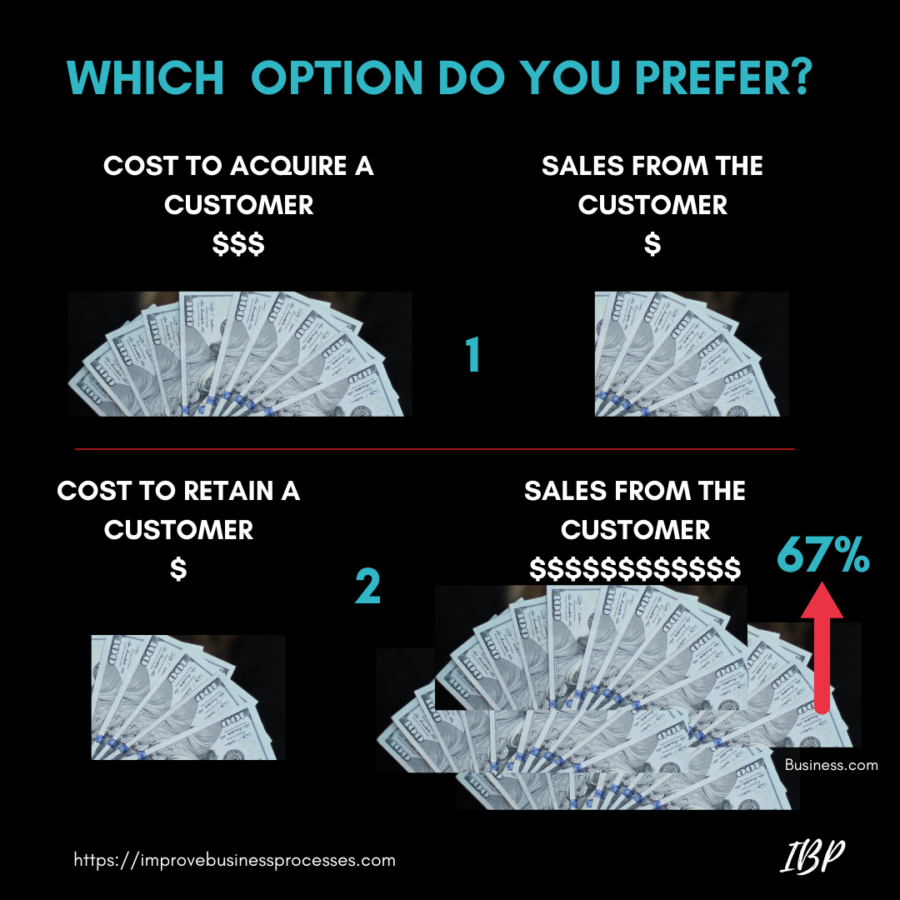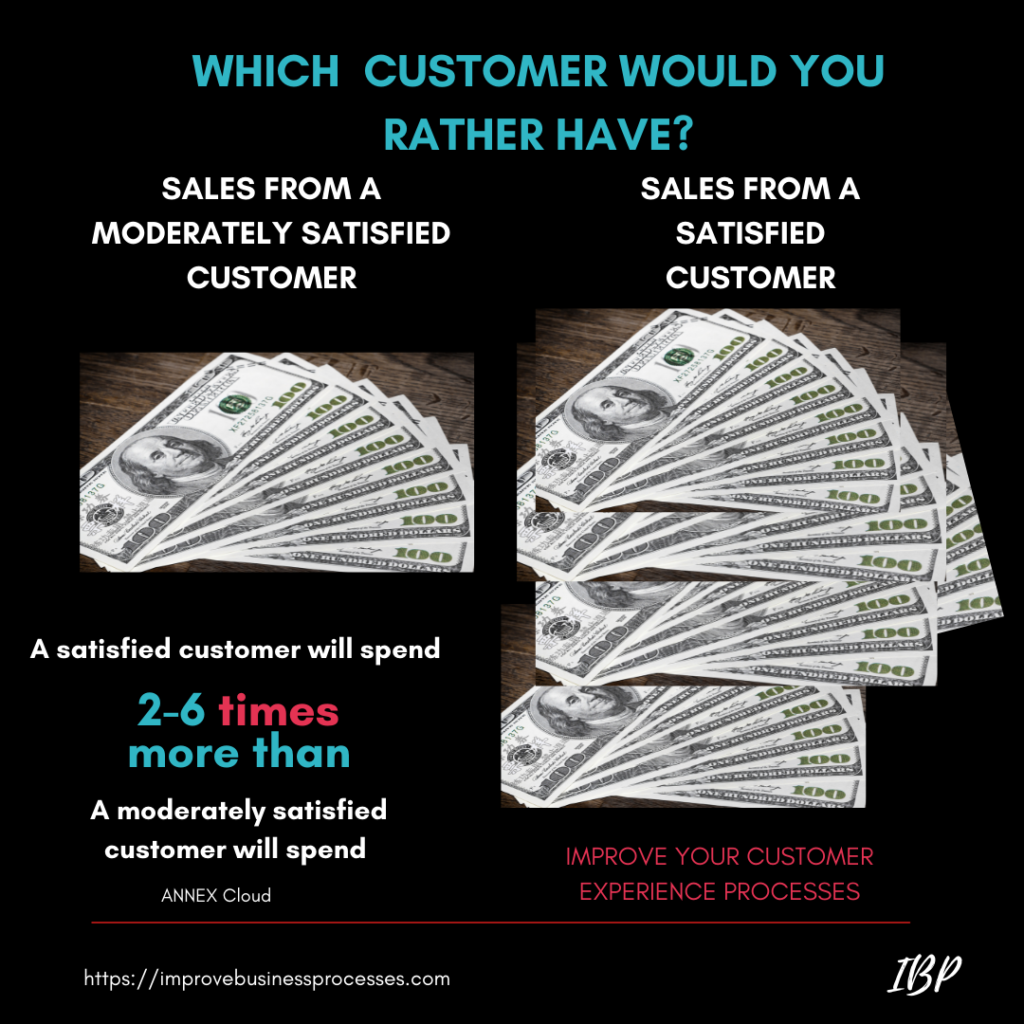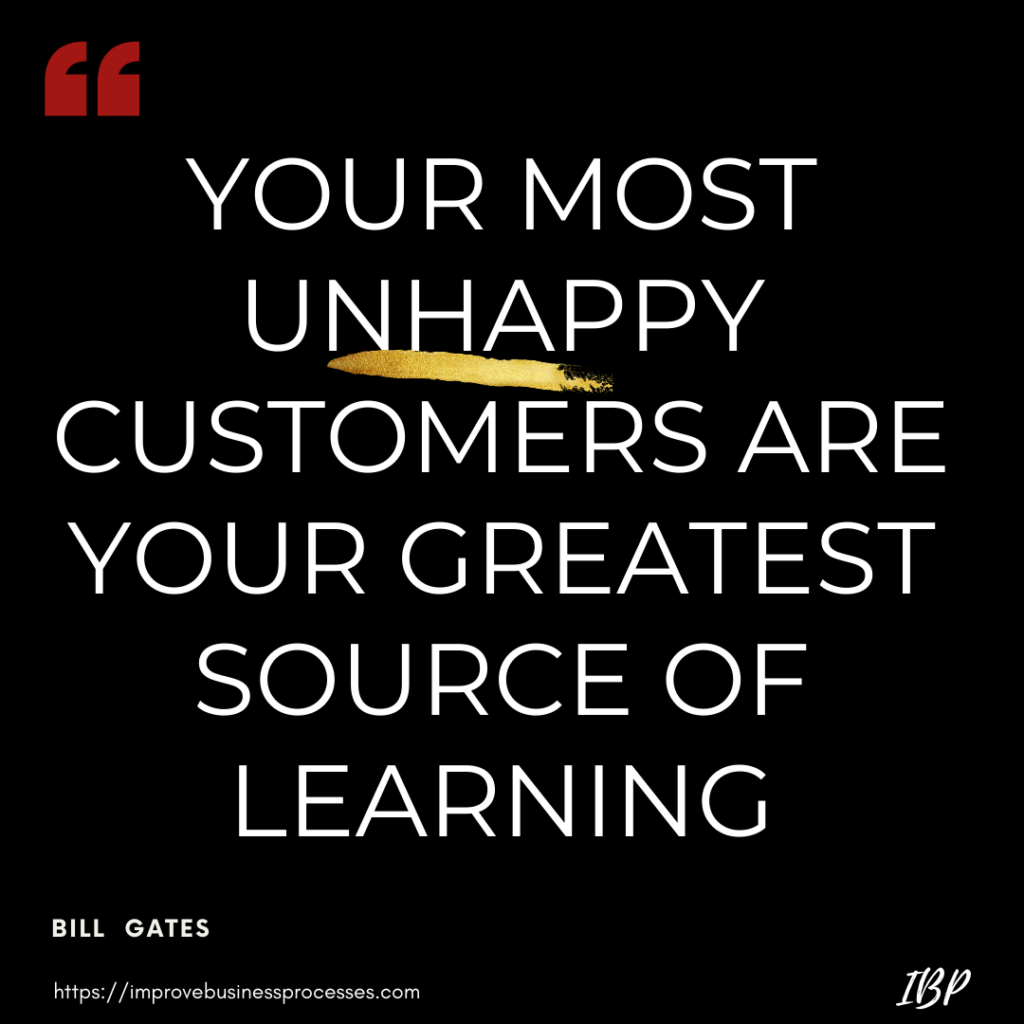Tracking and measuring the satisfaction level of customers is important for every business. Why is customer satisfaction so important?
The reasons are not far-fetched. Poor customer satisfaction result in loss of customers, negative advertisement of the brand, lack of referrals and a lack of growth in the business.
Choosing the Right Metrics
There are several metrics that can be used to evaluate customer satisfaction. Customers can be satisfied with various things based on whether their expectations are met.
The customer experience evaluates the overall experience with the brand interaction.
While selecting the right customer satisfaction metrics for your business is important, it should not be assumed that there is a ‘one-size-fits-all’ metric that is a solution for every business, although there are some options that are more general.
Metrics selection should not be random but rather derived from clear objectives set by the business. What questions are you trying to answer?

Benefits Derived from Customer Satisfaction Metrics
- Lessons learned come from your most unhappy customers
- Increased customer loyalty and reduction in customer loss
- Positive advertisement for the brand
- Customer satisfaction increases brand reputation
- Happy and satisfied customers are referring customers
- Business growth
6 Simple Measures of Customer Satisfaction
Commonly employed and beneficial metrics are the CSAT (Customer Satisfaction Score), NPS (Net Promoter Score), CES (Customer Effort Score), Customer Churn (CCR) and CAC (Customer Acquisition Cost).
Why is Customer Satisfaction so Important? – The Customer Satisfaction Score (CSAT)
The CSAT is widely used as a method to quantify and represent customer satisfaction. It however only provides subjective customer information and there is a lot of variable factors that can affect its selection.
This can then be compared with the scores of others in the same industry
The universal standard CSAT question asked (or a variation of it) is:
How would you rate your overall satisfaction with our service?
Customers are asked to rate their levels of satisfaction on a scale from 1 to typically 5 or 10. Sometimes a percentage scale from zero to 100 may be used. The lower the score, the lower the level of customer satisfaction and vice versa.
A frequently encountered survey type is the use of facial expression emojis instead of numbers as survey responses. Customers are requested to click on the icon that closely reflects their experience.
The Net Promoter Score (NPS)
The NPS measures how well a business treats its customers or clients.
The survey asks the key question:
On a scale of 0 to 10, where 0 is ‘not likely at all’ and 10 is ‘extremely likely’:
How likely is it that you would recommend our brand to a friend?
Responses are grouped into 3 categories:
Scores 9-10 – Promoters: These customers are loyal and enthusiastic about the brand, product, or service.
Scores 7-8 – Passives: While these customers are satisfied but they are not especially enthusiastic and might potentially be tempted by competitors.
Scores 0-6 – Detractors: These customers are likely saying negative things to others about their experience and therefore damaging the company brand.
The Net Promoter Score is calculated from only the data of the promoters and detractors using the following equation.
NPS = % Promoters – % Detractors
High scores typically strongly correlate with repeat purchases, brand loyalty and word-of-mouth promotion.
NPS scores selected by customers may be skewed by two factors
- Some people may say they will recommend the brand but not actually do so.
- Other people believe that there is “always room for improvement” and refuse to give a perfect score tend to select a lower than perfect score as they believe ‘there is always room for improvement’.

Customer Acquisition Cost (CAC)
The CAC measures the average cost to acquire a new customer. It is calculated by totaling the investment amount spent on sales, marketing, promotion, and advertising, over a given period.
This number is then divided by the number of new customers acquired over the same timeline to determine the return on investment acquiring the customer.
Customer Churn Rate (CCR)
The Customer churn rate (CCR) is the percentage of customers lost over a a defined period. It is important to retain your current customers because it can cost between 2 -6 times more to acquire new ones.
Monitoring the CCR helps identify trends that could affect the business so that preventative measures can be implemented to contain the churn.
To calculate the churn rate, a time period is first defined, and the formula below applied:
Customer Churn Rate = Number of Customers lost/ Total Number of Customers (for a defined period) x 100
Customer Effort Score (CES)
This score evaluates how much effort a customer feels they have had to make to accomplish what they set out to and is related to customer service. It is measured by asking a typical question:
Respondents are asked to select their answers from a scale of 1 to 5, where 1 is ‘strongly disagree’ and the top score is ‘strongly agree’.
To what extent do you agree or disagree with the following statement: [The business brand name] made it easy to handle my issue
Customer Reviews
Customer reviews received online should be closely monitored with responses provided most especially to any negative comments in a timely manner. Positive reviews enhance the brand reputation.
Why do We Need Customer Satisfaction?
When it comes to customer reviews, a negative review can do considerable damage to a business because it comes in written form. If not addressed, readers might assume their negative validity.
The intention of the response is to try to get the customer satisfied with the response you have provided. While you certainly cannot please everybody, you can at least try to let them see your high level of effort.
Conclusion
It is clear why customer satisfaction is so important, and while there are a variety of customer satisfaction metrics to choose from, selection of which ones to use for your business should be based on your objectives. For Assistance:
Related Article
Customer Experience Journey Map – Take a Walk in Their Shoes
References
11 Essential Customer Satisfaction Metrics to Track In 2021 https://www.customerthermometer.com/customer-satisfaction/measure-customer-satisfaction-metrics/

